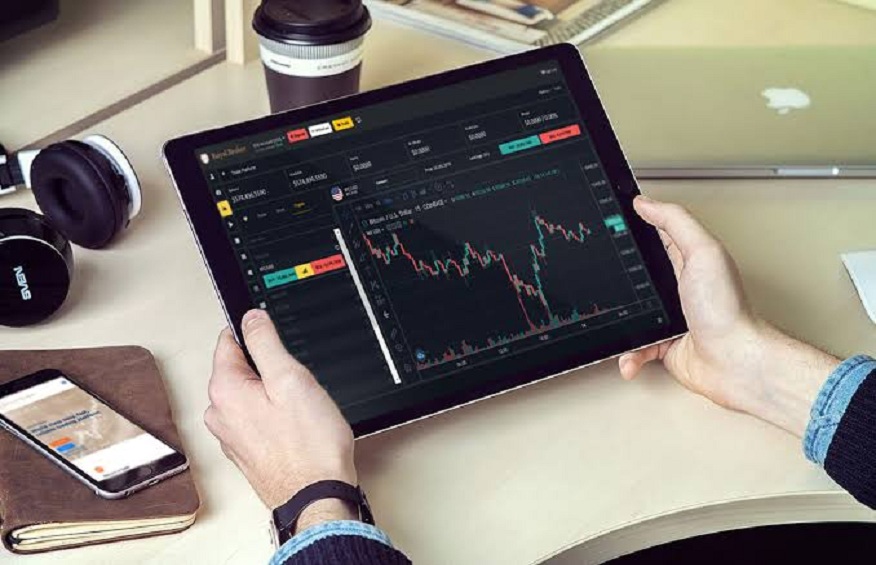The world of CFD trading comes with plenty of risks, but if done correctly and with the right strategies, it can yield lucrative rewards. With so much volatility in the markets nowadays, traders must stay updated and informed on the latest trends to succeed.
In this article, we’ll discuss effective strategies when trading CFDs that every trader should know to make intelligent and profitable decisions as they navigate an ever-shifting market landscape. So whether you are a seasoned veteran or just starting in CFD trading, keep reading to get some crucial insight into maximizing your profits while mitigating risks.
What is CFD trading?
CFD trading is an influential financial instrument traders use to speculate on the price movements of securities, commodities and currencies. It involves trading on margin, meaning you can open a position with funds borrowed from your broker, potentially allowing you to profit more than if you had used your capital.
The great thing about CFD trading is that it requires little starting capital; some brokers have no minimum deposit requirement. When you trade online using CFDs, you can take long and short positions depending on how you think the market will go. In addition to being a cost-effective way to gain exposure to multiple markets, CFD trading offers several other advantages, such as 24/7 trading opportunities and tight spreads across many markets.
Risk management strategies for minimizing exposure to market volatility
When trading contracts for difference, it’s crucial to have a risk management plan in place as part of your CFD trading strategies. It will help you protect yourself from significant losses and ensure your account remains healthy while allowing you to make profits.
A few tips include setting stop-loss orders – an order placed with your broker to automatically close out a position when a specific price is reached – and using leverage carefully to avoid overexposing yourself to the markets. You should also practice proper money management by regularly checking the amount of capital you are willing to invest and keeping track of how much loss/gain you are making on each trade.
It’s also essential to remain informed about the markets and understand how different volatility scenarios may affect your positions. Being aware of upcoming economic news releases, political events, or changes in global sentiment can help you stay ahead of any sudden price movements and make calculated decisions that will help your trading account.
How to find the best opportunities in a volatile market
When trading in a volatile market, looking for opportunities that will offer higher rewards with lower risks is essential. One way of doing this is by studying technical analysis and using the various indicators available (e.g. moving averages) to identify possible trends or patterns before entering a trade. It is also helpful to pay close attention to the news and stay up-to-date on major economic events or political developments that could affect the markets.
Also, an excellent way to find trading opportunities even when there is high volatility is by looking for overbought or oversold stocks. Such stocks can gauge investor sentiment in the markets and provide excellent opportunities to enter a trade in the right direction.
Finally, always remember to have realistic expectations when trading and don’t be afraid to make a profit, even if it’s small. The key is to get out quickly when you’re in the green and be patient when waiting for the market to turn around. With these strategies, you can maximize your profits while minimizing risk exposure in a volatile market.
Tips for harnessing the power of leverage without taking on too much risk
Leverage is a powerful tool in CFD trading, as it allows you to gain greater exposure to the market with less capital. However, it can also be risky if not used properly, so it’s essential to understand how to use leverage responsibly for maximum profitability.
One of the most important tips is to trade only what you can afford to lose. It’s also a good idea to keep an eye on your leverage ratio – the total amount of money borrowed from your broker divided by the total equity in your account. If it gets too high, you could be exposed to more risk than you can handle, so make sure that you stay within reasonable limits.
Another important tip is to use stop-loss orders when trading with leverage, which will help limit your losses should the market move against you. It’s also helpful to always keep an eye on the margin requirements – these are usually based on your position size and can change depending on the underlying market conditions. Finally, it’s wise to keep your leverage use in check and be aware of how much risk you’re taking on before entering any trades.

